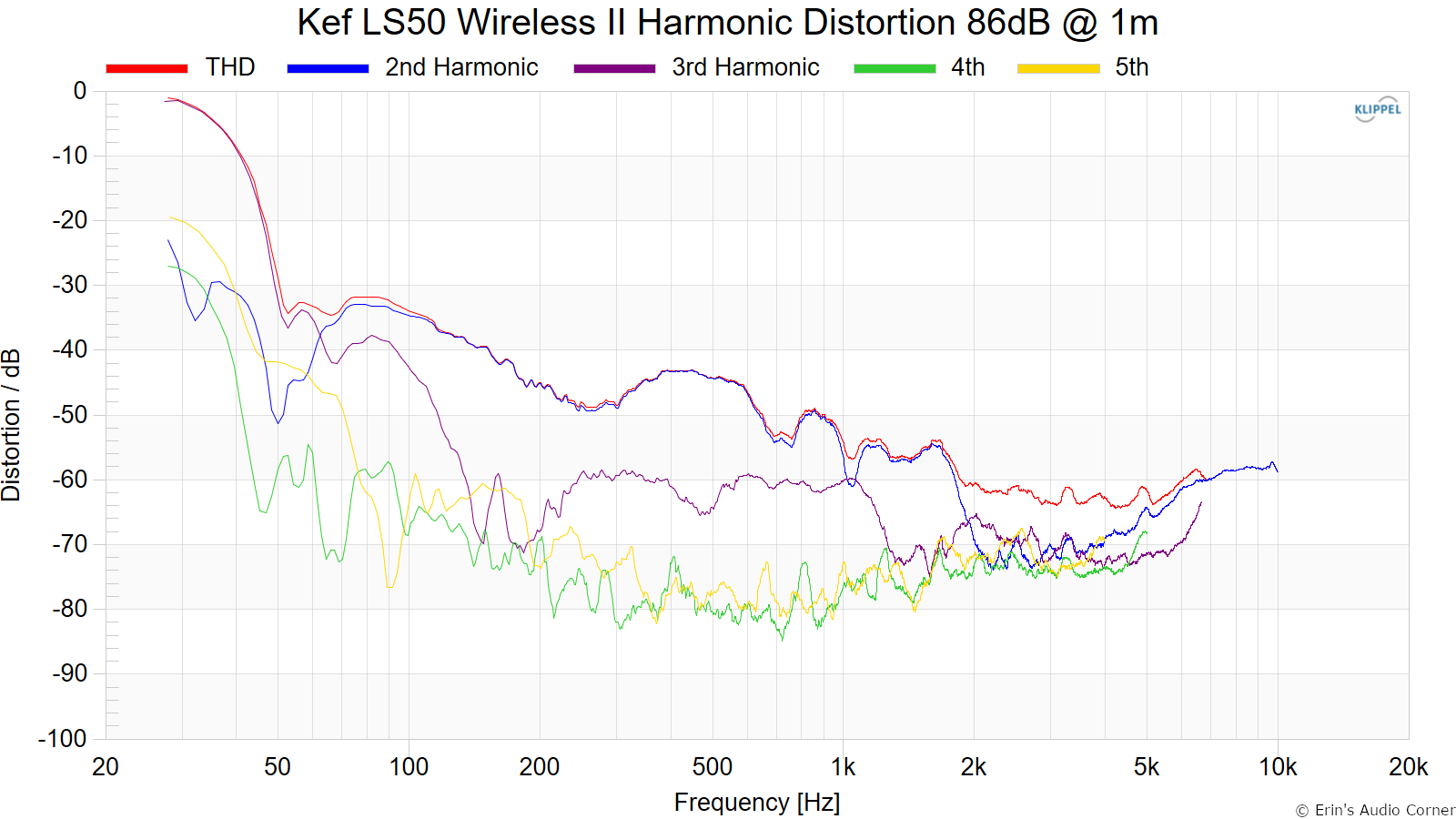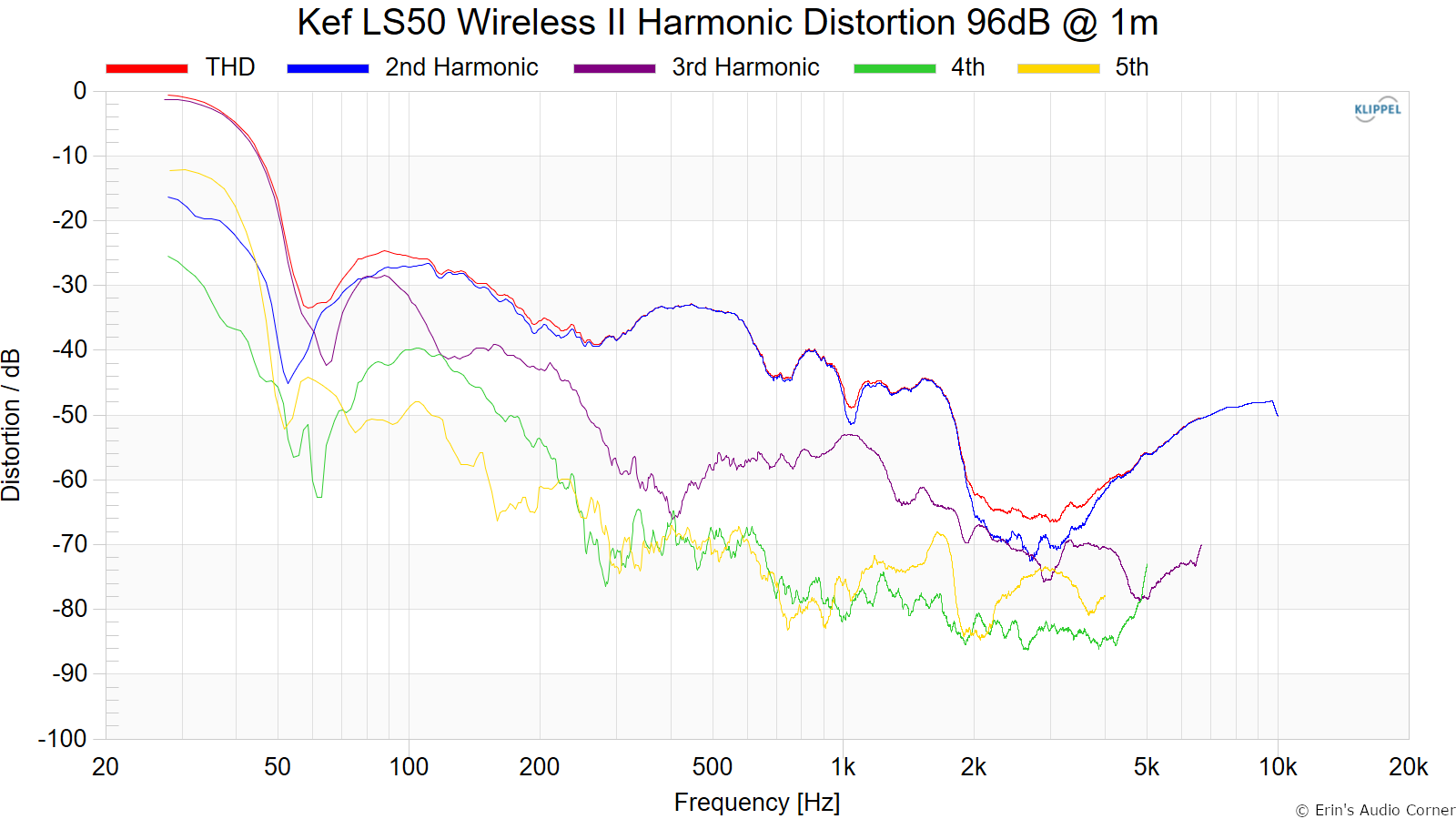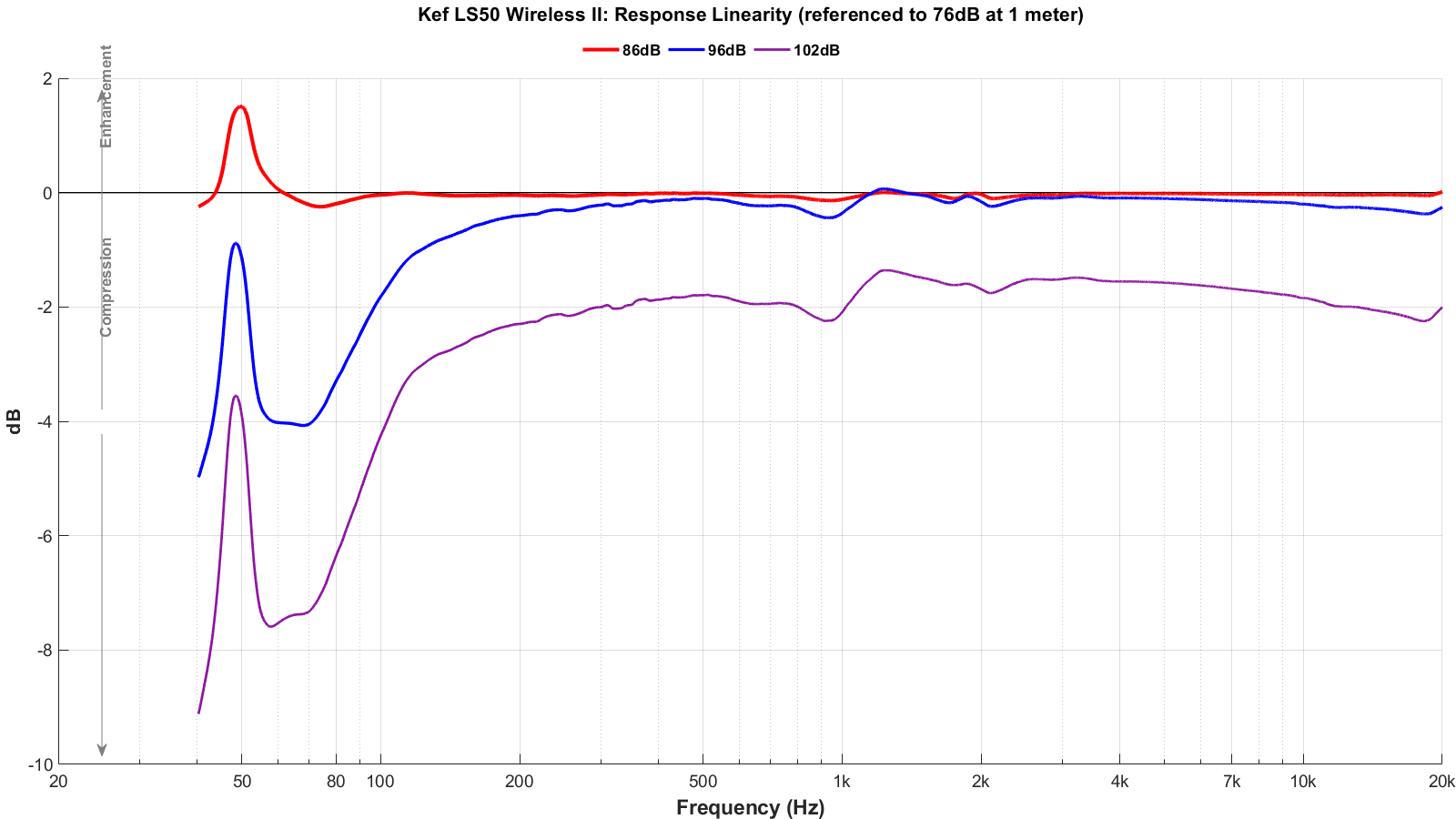Re: Compression tests.
I understand you don't think the tests have any value. We will agree to disagree. And I won't argue or belabor this point online with you because I have more important things to do than argue in circles, knowing I won't change your mind.
However, to others, the purpose of the multi-output testing was derived from my conversations with Dr. Geddes as well as Dr. Toole. Heck, Dr. Geddes is the one who suggested I provide this information when I had my chat with him (I can't find the time stamp, but it is from this conversation):
Even recently Dr. Olive stated the usefulness of understanding the difference in response as the speaker's output is changed. Dr. Olive states "the listening test results totally depend on the playback level you choose ... and
frequency response changes as a function of level. ...
And those are the most difficult tests to do when the level changes the results".
Start here:
And, yes, what Sean mentioned was in the context of smaller speakers. However, I test smaller speakers. I test larger speakers. And our discussion covers all speakers (if you care to watch it). And I think this is important data to have because - without it - we have debates like this... where people just assume a speaker can get loud because it has the heritage of JBL Pro stamped on it... and we go "oh, it must get loud" and "full range" and "loud" is thrown out there. Yet, it has a sensitivity of 85dB and is a 6 or so inch midwoofer. It is going to be limited in output. You don't have to have a Klippel NFS to know this. But without evidence of how loud it can go (which would be provided via a comparison at low vs high volume),
it's just conjecture. You need some way of proving this. So,
in the name of science, isn't this important to characterize? I think so. To me, this is missing information that is needed. And Sean agrees. Even if it is a rudimentary way. And this is exactly what my tests serve to provide:
1) An idea of the "dynamic range" of a speaker by comparing the delta FR at one instantaneous SPL to another (the sweep length is stated,
2) An idea of how the output not only changes instantaneously but also how the output levels would alter the frequency response.
It's really that simple. If you don't like it or find no merit in it then there's really nothing I can say to convince you. However, to me, this kind of testing is much more useful than HD testing - where Geddes, Toole and Olive's work all show no direct correlation with listener preference based on distortion. They've stated it in my discussions with them, which are all available for anyone to watch, ad-free of course.

Meanwhile, we
know there is a direct correlation between frequency response. Hell,
the preference score is built on it. So, if one person hears a speaker at 76dB but another hears it at 90dB and we know (from my data) that the speaker suffers irregularities -
not just in the bass, but anywhere in the spectrum - due to port compression, simple thermal modulation of the VC or even the crossover components not handling the heat, then one could reasonably make determinations about why those two person's subjective analysis could differ (if one cared to look at the data in that level). And manufacturers, for that example, could make changes to help their speaker become more linear.
And not for that matter at the same distance... you may have one person who listens nearfield while another listens farfield; thus different output levels and potentially different responses and issues will be heard.
Honestly, I find it so odd to see such emphasis placed on a thing like distortion which is not tied to any real metric of audibility (certainly, at least, not the current metric of HD as provided by myself, even), while the notion of a real, tangible and audible thing such as frequency response changes are dismissed. It isn't even entertained?
Incredibly odd.
Furthermore,
there have been cases where one could not simply "infer" such compression/enhancement from the distortion data. They don't follow the same trends. And there are clearly cases where a limiter is used, which means the bass distortion doesn't increase much but the limiting of the output is huge. Take, for example, the Kef LS50 Wireless II which increased in distortion from -35dB to -30dB (1.8% to 3.2%) from 86dB to 96dB at 1 meter.
Meanwhile, the difference in output from 86dB to 96dB was only 6dB; meaning
a loss of 4dB due to built-in limiting. There is no way, whatsoever, one could look at the HD data and presume such a difference in SPL levels would occur. And this isn't linear; other speakers behave differently. So, as I said, there is no way to look solely at the HD data and derive some idea of how much compression/limiting/enhancement a speaker would have. You need the FR for that.
And, sure, some of the results show practically no change. I have stated myself many times in my videos that a 0.50dB or 1dB change at 102dB @ 1m is likely to be inaudible given the output level already being so high. BUT, without seeing those kind of "good" results, how do you know what to compare the "bad" ones to?
And finally, stating that compression data is meaningless because we need more than just one tone exciting the speaker?... Uh... what are we doing for the SPINORAMA dataset, again?.... Yea.
So, like I said, I know Amir disagrees with the testing I (and others such as SoundStage and Audioholics and anyone else who does short/long term response testing) provide. But the above lays out the "defense" and provides context and debunks some of the notions for why it is no good.
At this point it is up to the viewers to decide if the data is useful to them. It sure is for me and it was requested by guys who have been in this field for longer than I have been alive ... so I'm gonna keep doing it.

- Erin



